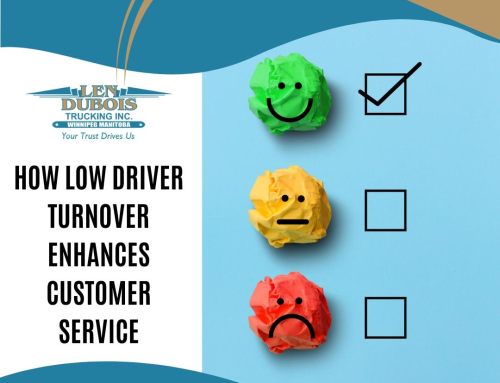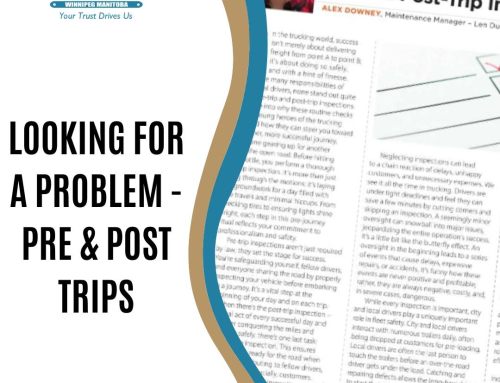 It is pretty common to worry about driving around semi trucks. They are massive, they have a ton of blind spots, and there is a general negative view of the professionalism and safety standards that truck drivers possess.
It is pretty common to worry about driving around semi trucks. They are massive, they have a ton of blind spots, and there is a general negative view of the professionalism and safety standards that truck drivers possess.
We’re not going to lie to you or try to pull the wool over your eyes. There are drivers on the road who shouldn’t be. But the majority of truckers who hit highways are professionals whose primary concern is the safety of everyone on the roadway.
Over 80% of accidents that involve semi-trucks are found to be caused by passenger vehicles. This is because many motorists take to the roads without understanding how to drive safely around semi trucks.
With an average minimum weight of 80,000 pounds and the inability to stop on a dime or move 73 feet of vehicle in the blink of an eye, it is crucial to know and understand some basics about driving near semis.
Understand that Driving a Semi is not the Same as Driving a Passenger Vehicle
There are many challenges to driving a semi truck that motorists just don’t think about. Driving a semi truck is nothing like driving a car. The drivers require additional training and skills to perform the task of driving the vehicle, which all already know. But what many don’t, is that the vehicle itself operates much differently than your typical car. When a truck speeds up, slows down, switches lanes makes turns, climbs hills, ect., there are many physical limitations that annoy, irritate and cause drivers of passenger vehicles to make bad, unsafe decisions.
Trucks pull a lot more weight, and this means they take longer to accelerate, sometimes needing 10 gear changes to reach the speed limit. While you may be able to go from 0 to 60 in under 10 seconds, a semi just can’t. Depending on how much weight they are hauling, it could take them a minute to reach 60 mph. This also means that they need more space to stop, two football fields in fact, when they are moving at top speed.
While we are talking about speed, it is also important to know that many trucks are not outfitted with speed limiters, which means they simply can’t go any faster than what their company has allowed. Sometimes this means that they are unable to keep up with the flow of traffic.
Semi trucks are a lot longer, and this means that they have a ton of blind spots that they must deal with. This also means that they make wide turns, and to do so, they may need to first move in the opposite direction; left for a right-hand turn, and right for a left-hand turn. When you see a semi truck straddling the lanes with the blinker on, stop and give them space to make the wide turn safely.
Tips and Advice for Car Drivers
- Avoid the blind spots around a semi. A good rule of thumb to remember, if you can’t see the driver of a semi in his or her mirrors, the driver can’t see you. Many accidents can be avoided if all drivers took the time to learn where the blind spots on a semi are.
- Passing a semi on the left side of the vehicle is the safest. The left side of the semi has the smallest blind spots. Therefore, the driver of the semi has maximum visibility on his left side.
- Pass semis with caution but get it done quickly. When passing a semi, just do it. Many drivers tend to slow while passing, keeping you in blind spots longer.
- Give the semi driver the space they need. Many passenger vehicles tend to crowd semis, most often because they don’t know they are sitting in a trucks’ blind spot. Semis need extra room, your following distance should never be less than 4 seconds giving you ample time to stop should the semi need to brake suddenly, and keep you out of harm’s way should something, such as a tire blowout, occur.
- Don’t cut trucks off. When you pull in front of a truck or are simply driving in front of a truck, you need to make sure that you leave plenty of room to give the trucker ample time to stop in case of emergency braking. Also, this is a rather large blind spot on the truck so make sure you can see the driver in your rear-view mirror.
- Use your signals and signal sooner. Trucks require more time and distance to slow down and come to a stop. Signal early when changing lanes, stopping or turning when you are driving near semis. This will give the driver enough time to react to your planned roadway change.
- Be patient and predictable. Avoid making unusual moves in traffic. This is a good rule of thumb for everyday driving. Speeding past other traffic, driving aggressively and making sudden, erratic moves on the roadway often lead to dangerous situations.





